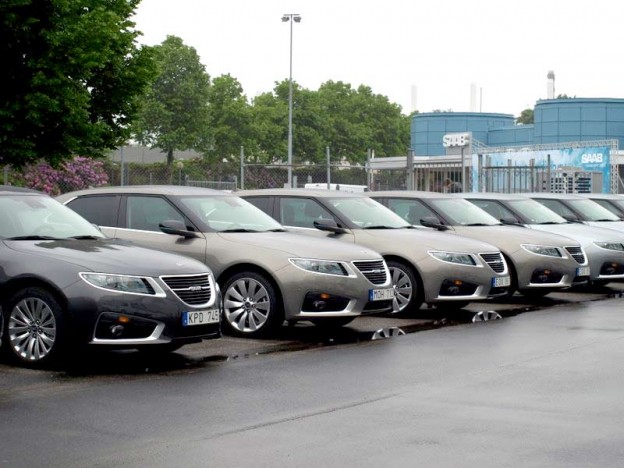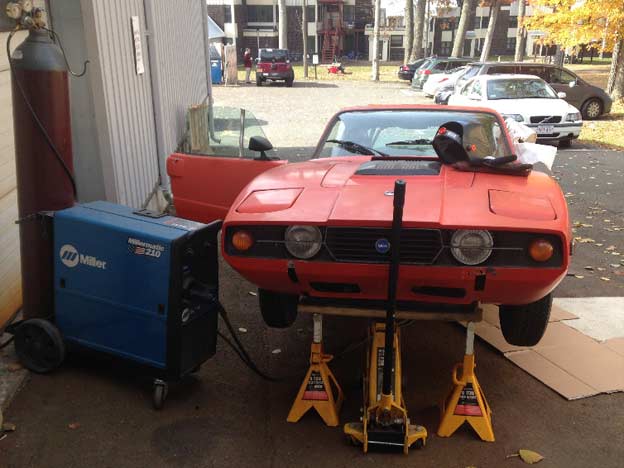Saab was one of the most unique and beloved automakers in the world before it vanished during the global economic recession.
Auto Cheat Sheet brings us a broad analysis what really went wrong in Saab case, in post “Here’s Why GM’s Reinvention of Saab Didn’t Work“.
While a revived and successful Saab is an enticing fantasy for any car enthusiast, the possibility of Saab returning to the marketplace as a competitive builder of mass-produced cars dwindles each time the moribund brand is dragged through court. The GM-Saab agreement is a high-profile example of an established small company losing its brand identity within an indifferent corporate structure. GM’s mismanagement of Saab is also emblematic of the internal turmoil within the corporation in the 20 years leading to its bankruptcy. Its mishandling of engineering resources and refusal to react to changes in the marketplace led to the overall decline of its products and eventually brought it to the brink of collapse. For decades, Saab was the strange, fun-to-drive alternative to the mass-produced cars. After 20 years of mismanagement, and another five of protracted court battles, it may be time to let Saab rest in peace.












